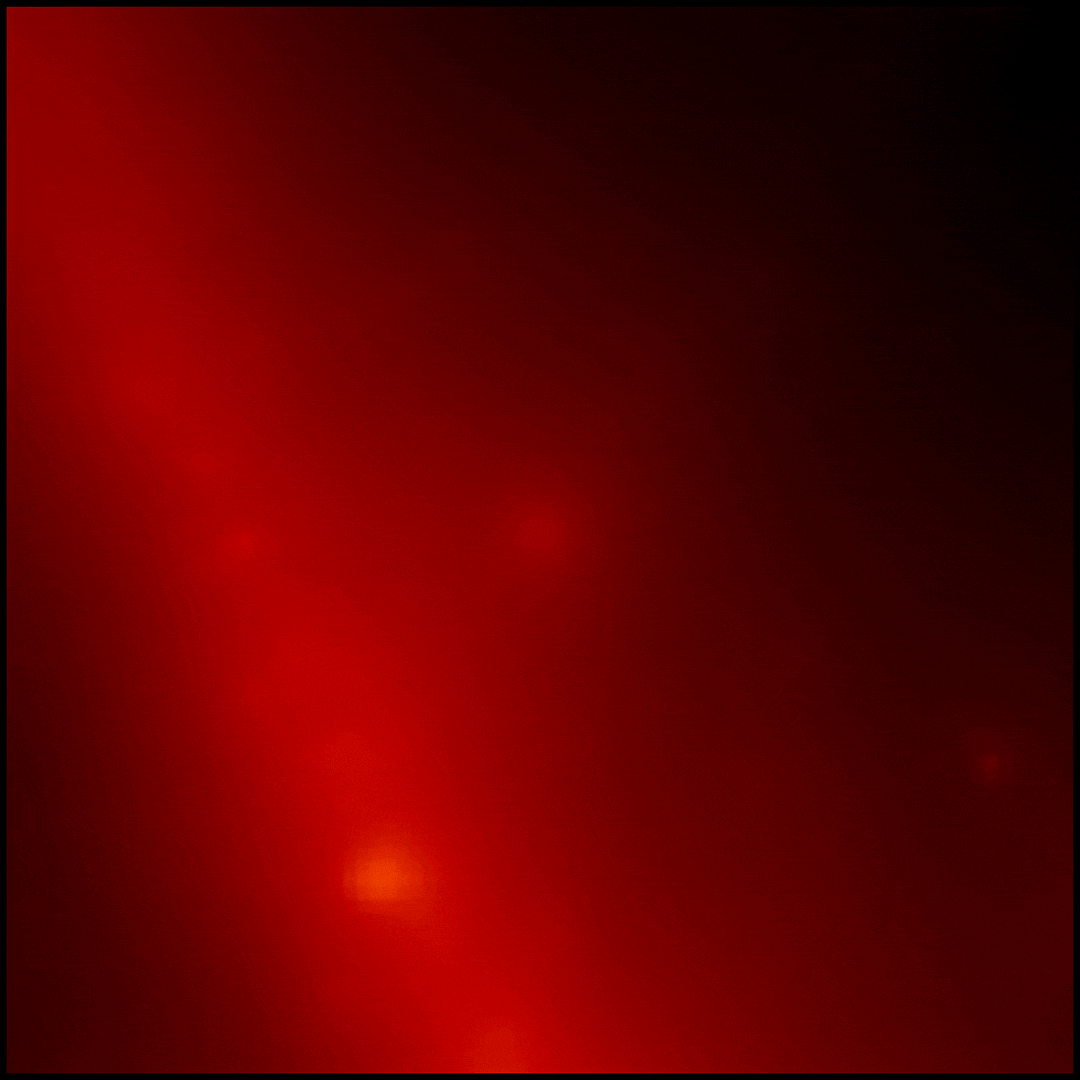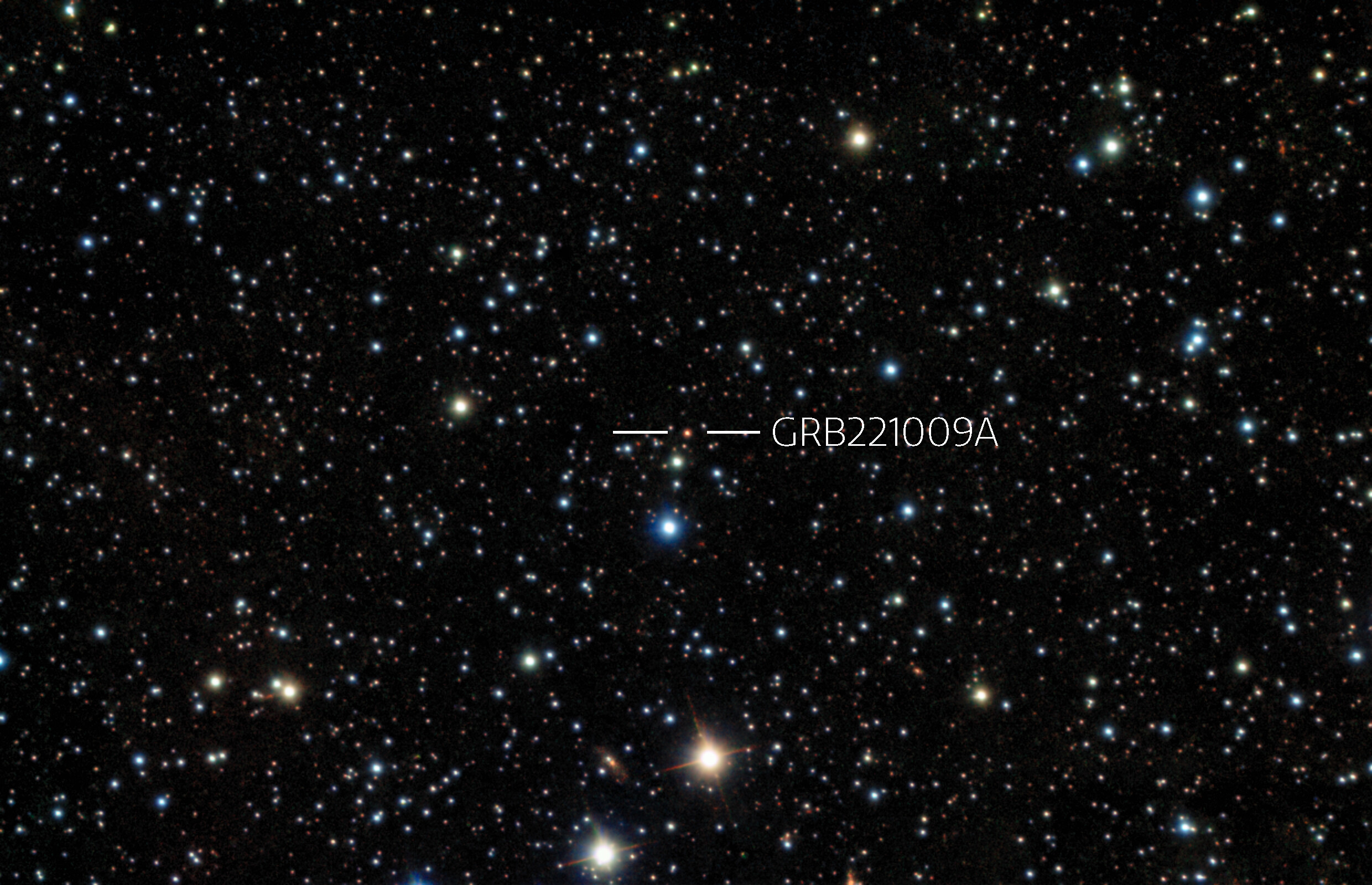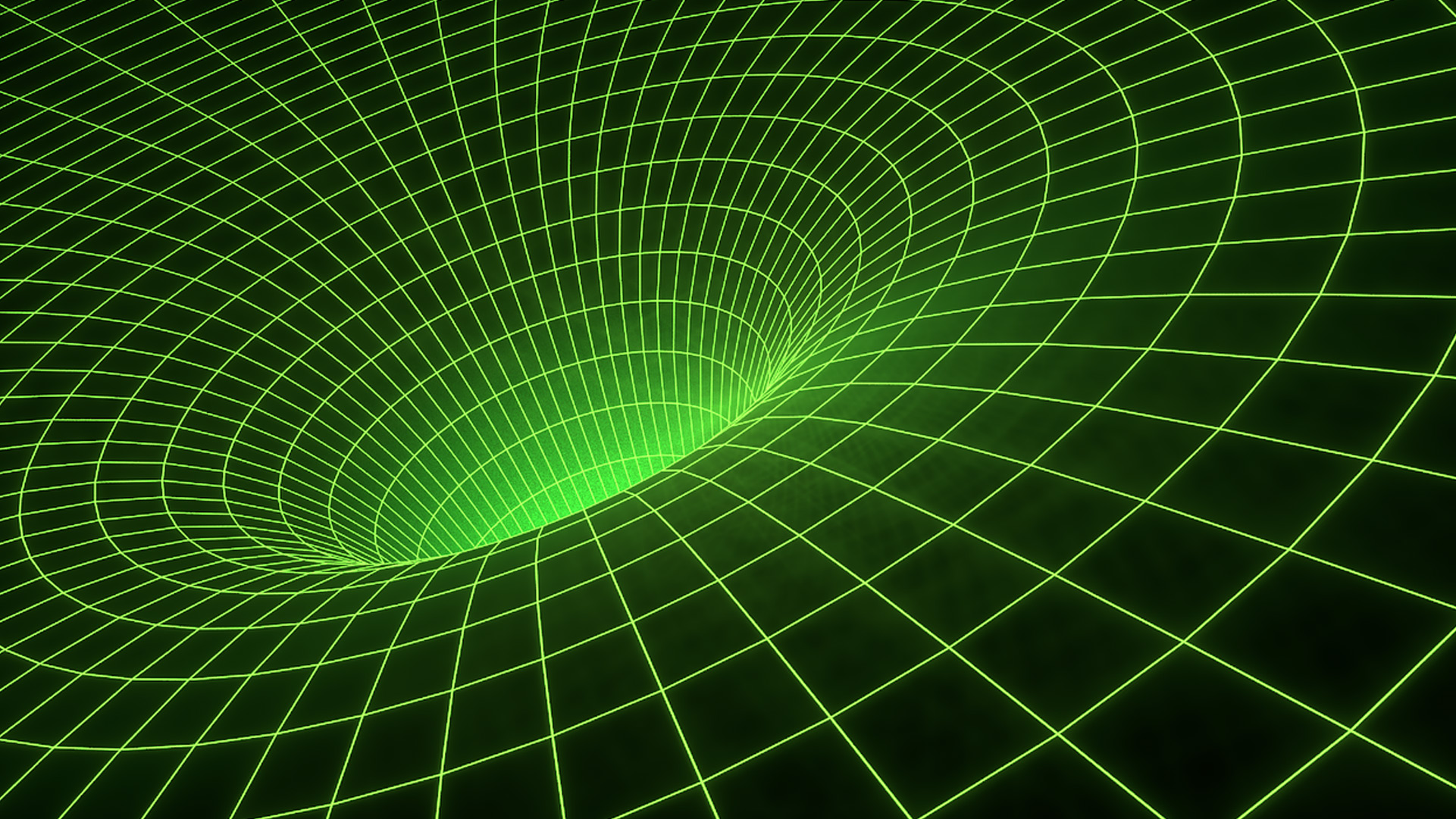Gamma-ray burst is the new B.O.A.T. — brightest of all-time

- There are many types of cataclysmic events in the Universe: exploding white dwarfs, core-collapse supernovae, hypernovae, and even gamma-ray bursts.
- Gamma-ray bursts are typically the most energetic of all optical phenomena, with 2008’s GRB 080319B having released as much energy as 21 quadrillion stars all at once.
- But that event took place in a host galaxy located over 10 billion light-years away. A much closer one, just 1.9 billion light-years away, was seen in 2022. Its energy was off-the-charts: the brightest burst ever seen.
Here in the Universe, all sorts of luminous, energy-releasing events can occur. Stars fuse light elements into heavier ones, releasing energy in the process. White dwarfs siphon matter off of companion stars, triggering a nova when enough material builds up. Black holes feed on matter, accelerating particles to tremendous energies and sending them all across the Universe.
But the brightest events are the ones that release the greatest amount of energy in extremely short periods of time. White dwarfs explode in type Ia supernovae, while the cores massive stars collapse in type II supernovae: events so energetic they can shine as bright as tens of billions of stars for a time. Other catastrophes — tidal disruption events, pair-instability supernovae, or neutron star mergers — can temporarily emit even more energy than supernova explosions.
While the most energetic events of all of are supermassive black hole mergers, the energy is all carried away in the form of gravitational waves; there’s no “brightness” to behold. For something to be bright, it needs to emit electromagnetic radiation. In 2008, the brightest burst ever seen was observed: gamma-ray burst GRB 080319B. It shone as bright as 21 quadrillion Suns, but only for a very short period of time. Late last year, however, on October 9, 2022, a new, much closer gamma-ray burst was seen, and its energy was off the charts. Thanks to an incredible effort of several teams of scientists, we’ve just confirmed that this new burst, GRB 221009A, was indeed the B.O.A.T.: the brightest of all-time. Here’s what we’ve learned.

Most of the gamma-ray bursts that we’ve ever seen have been detected because of observatories in space that are optimized to see gamma-rays, with the first hints of them arriving at satellites in low-Earth orbit, such as the Swift and Fermi satellites. Swift and Fermi both saw this remarkable gamma-ray burst, GRB 221009A, but they weren’t the first to detect it.
This burst was so powerful that it was first spotted by Voyager 1, which was outside of our Solar System when this energetic light first arrived. It then was detected by the ESA’s Gaia mission, from around the L2 Lagrange point located 1.5 million kilometers from Earth, and next by the ESA’s INTEGRAL spacecraft, an older gamma-ray observatory orbiting 60,000 km from Earth.
It was then seen by NASA’s Fermi gamma-ray space telescope, with the burst completely saturating the Fermi detector’s capabilities: with the detected photons possessing up to 18 TeV in energy, higher than energies even achieved at the Large Hadron Collider here on Earth. Finally, as the burst went past Earth, it was detected by the Maven and Odyssey orbiters around Mars, making this the first gamma-ray burst to be detected all across the Solar System.

Prior to this event, no gamma-ray burst had ever been seen that delivered more than about ~500,000 gamma-ray photons-per-second, with that peak emission phase lasting for no more than a brief “blip” of time. But GRB 221009A demolished those earlier records, delivering millions of these high energy photons-per-second for the better part of a minute, peaking at over 6 million photons-per-second and enduring for some ~7 minutes all told. (Although some ultra-long-period gamma-ray bursts can exhibit low-energy emissions that endure for hours, their rarity means that little is known about their nature.) Even though GRB 221009A is among the closest gamma-ray bursts at just 1.9 billion light-years distant, it’s by far the most intrinsically bright gamma-ray source we’ve ever seen.
The big question, of course, is why.
What’s going on with this gamma-ray burst, uniquely out of all the ones we’ve ever seen, that could explain why this one was not only brighter than all the others, but why it was so much more intrinsically luminous, especially in the gamma-ray part of the spectrum, than anything else we’ve ever seen?
A hint may lie in looking at the various gamma-ray bursts we’ve detected previously, both over time and in the different wavelengths where gamma-ray bursts can be detected. Even though they’re called “gamma-ray bursts,” the truth is that they emit light from all across the electromagnetic spectrum, and there’s a good theoretical reason why.

There are only a couple of different ways that gamma-ray bursts are known to occur, and it’s arguable that the most famous method isn’t the most common, nor does it produce the most energetic gamma-ray bursts ever seen. Gamma-ray bursts fall into two categories: long-period ones, that endure for more than 2 seconds, and short-period ones, which last for under 2 seconds.
Since gamma-ray bursts typically emit gamma-rays only for a brief time, and then give way to an afterglow in the X-ray, ultraviolet, optical, infrared, and radio portions of the spectrum, there’s a tremendous opportunity for observing these details. In addition, the first, fast emission of gamma-rays — known as the “prompt” phase — often has enough information in it to localize the source on the sky, making such follow-up observations possible.
Although gamma-ray bursts can arise from the merger of two neutron stars, as Fermi and LIGO/Virgo saw in a famous 2017 event, this class of events almost always produces short-period gamma-ray bursts. In fact, the first such exception, where a neutron star-neutron star merger results in a long-period gamma-ray burst, was only seen in December of 2022. Long-period ones, by contrast, are thought to arise from a core-collapse supernova, often with highly collimated jets. The most luminous core-collapse supernovae can produce these jets, and the brightest gamma-ray bursts are thought to occur when these jets point directly at us.

You might think, then, that the smart way to determine the nature of this particularly bright gamma-ray burst — the B.O.A.T. of gamma-ray bursts — would be to look at the afterglow of the burst in as much detail as possible. It’s a very smart idea, but one that didn’t work out very well for GRB 221009A for a rather unlucky reason: the galaxy that it occurred in, nearly 2 billion years ago, just happens to be located almost perfectly in the plane of our Milky Way, behind its dusty central regions.
As a result, whether the afterglow of GRB 221009A is consistent with that of a core-collapse supernova is not known, because the type of light that reveals such an afterglow — primarily optical and infrared light — is too severely blocked by the plane of our own galaxy.
However, light at both higher and lower frequencies, including X-ray and radio light, doesn’t much care about the dust in the Milky Way’s central plane. In fact, there’s actually an advantage to having this event occur so close to the Milky Way’s plane when it comes to X-ray light: the dust, particularly the graphite-rich dust particles within the Milky Way, do an excellent job of reflecting these high-energy photons. As a result, a series of concentric rings, corresponding to reflections off of the dust lanes at various distances, shows up in the detector of instruments such as XMM-Newton.

These concentric rings correspond to no fewer than 21 separate dust features, with the closest appearing only 700 light-years away and the farthest appearing 61,00 light-years distant: clear on the other side of the Milky Way from Earth. What’s happening is that light from the gamma-ray burst’s entirety — including the initial “prompt” phase — is getting reflected off of the Milky Way’s dust, and that reflected light then comes to our eyes. However, because it’s a slightly longer path to bounce off of Milky Way dust than to take the “straight line” path from the source to our eyes, there’s a delay to the signal we see in these dust rings: what astronomers call a light-echo.
This, hopefully, will give us a chance to view the prompt phase on “replay,” perhaps multiple times, as well as opportunities to view and re-view various phases of the afterglow. And the afterglow itself is very interesting because of how unique its behavior is across various sets of wavelengths. Typically, gamma-ray bursts follow a pattern that link their behavior across wavelengths: from long-wavelength radio to mid-wavelength optical light to very short-wavelength X-ray and gamma-ray light.
But GRB 221009A is particularly interesting because it doesn’t follow the standard pattern: it’s the brightest gamma-ray burst ever seen in gamma-rays, and also the brightest such object in X-rays. However, when it comes to radio light, it’s wholly unremarkable, and is actually on the faint end of normal for a gamma-ray burst.

In other words, this type of gamma-ray burst, the long-period class, is something that we actually have a “standard model” of sorts for, and this particular event, GRB 221009A, doesn’t fit within it. When you have a bright gamma-ray burst, you expect it to have a bright X-ray afterglow and a certain optical appearance, but then to have a similarly bright — at least, for this class of event — afterglow in the radio as well.
If this arose the way we think most gamma-ray bursts do, then we’d expect this to have come from a core-collapse supernova that went through a substantial giant phase prior to its death, blowing off its expanded, tenuously held outer layers in a series of burps and pulses, creating a series of shells of material around the star’s core. When the core collapses and the star dies, a supernova ensues, but rather than being purely spherical, the supernova explosion gives off a bi-directional set of jets of highly collimated emissions.
It’s thought, typically, that the brightness of a gamma-ray burst corresponds to how closely oriented you happen to be located to the line-of-sight of that jet. This event lines up with that picture, but only if one unprecedented thing is true: if this gamma-ray burst is the most highly collimated jet of all-time, and that extremely narrow “cone” of a column just happened to intersect with our Solar System.

If we assume that this is the case — that the jets from this gamma-ray burst were so collimated — that helps with one aspect of this remarkable event: it leads to a situation where GRB 221009A’s jets weren’t off-the-charts powerful, but rather were just off-the-charts collimated. This would make it the brightest burst ever seen, about a 1-in-10,000 year event, but it wouldn’t necessarily be the most energetic cataclysm ever. This would help explain why no supernova afterglow was seen, either:
- because the glare of the gamma-ray burst plus the obscuring dust of the Milky Way prevents us from seeing it,
- or because the black hole that formed from the core-collapse supernova swallowed too much of the material that normally exhibits an afterglow for us to see it.
Sure, it would still be in the 99th percentile of most-energetic gamma-ray bursts, but it wouldn’t necessarily be the most energetic such burst ever seen. Brightness in one particular wavelength range is only one measure of energy; you have to include the energy over all wavelengths and also over time to capture it all.
But it’s also possible that this truly is an ultra-energetic event, one that even surpassed the net output of 21 quadrillion stars (or 2.1 × 1016 stars; about 50,000 times as many stars as are present in the Milky Way) achieved by GRB 080319B. If that were the case, this could even be a new class of event: one whose nature is not so simple as the ideas presented thus far.

One possible explanation for the incredible, unprecedented collimation of GRB 221009A’s jets is because of the presence of strong magnetic fields. We know that some of the strongest magnetic fields in the Universe are generated by a special type of neutron star called a magnetar, and we also know that neutron stars are one of the most common remnant (along with black holes) produced by core-collapse supernovae. Would it be possible, then, for a core-collapse supernova to create these ultra-strong magnetic fields, collimating its jets exquisitely, and causing the brightest-of-all-time gamma-ray burst?
If so, what you’d expect to see would be substantially polarized light, which is completely consistent with what a variety of space-based observatories saw. Because we know to expect light-echoes from this event in the future, and because we know precisely where to look and how to measure polarization, this will be a model that should be testable when those various echoes arrive.
We still don’t know why the jets from this event were so exceptionally collimated, but the presence of strong, ordered magnetic fields is a reasonable culprit to suspect.

It’s possible that a geometric asymmetry in the material around a core-collapse supernova could also lead to a highly-collimated jet, as could the pressure from some sort of external, confining medium. Additionally, although very few people are considering the possibility at present, it isn’t yet ruled out that an incredibly bright central column, within a typical gamma-ray burst’s thin, conical jet, might be a relatively common feature. What might make GRB 221009A so remarkable isn’t necessarily any out-of-the-ordinary intrinsic property that it possesses, but rather how perfectly-oriented its jets may be with respect to ourselves. Perhaps this is merely the first such event to serendipitously align with us in this fashion, explaining the excessive amount of prompt emission observed.
Regardless of what caused it, it’s clear that we’ve measured the brightest electromagnetic signal ever recorded by humanity when we observe the prompt, initial phase of this record-breaking gamma-ray burst GRB 221009A: the B.O.A.T. The way to learn more about it is not only to measure how precisely collimated the jet is, which is a key to understanding the energetics of this object, but to observe many other gamma-ray bursts with superior instrumentation and better sensitivity. Although more information is coming about this event, including in the afterglow phase, this discovery truly does open up a new set of frontiers in our attempt to understand the high-energy Universe.





